Woodfired Talking with Tom & Nolly in Japan
In 2016 Holly travelled to Japan to stay with friends Nolly and Tom and explore some of the Japanese food culture, both ancient and modern. A truly remarkable journey with plans to return hopefully soon. Since then Nolly and Tom have moved into a new home – an unusually old (for Japan) house that used to belong to a wealthy merchant which has the added bonus of an original kamado oven. Here’s what they have to say about their new kitchen –
MFD – Can you tell us who you are, where you live and how long you have been there?
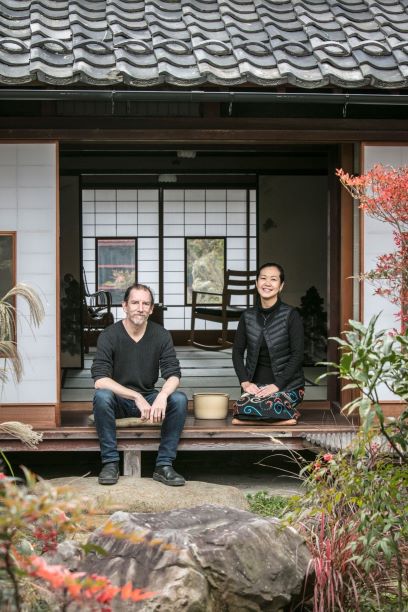
Tom & Nolly outside their house in Japan
MFD – What kind of woodfired oven do you have and is it your first?
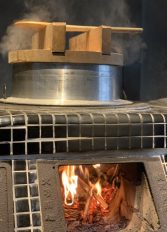
Each hole has its own fire
MFD – Tell us a bit more about your oven – how big is it; is it insulated; is it outside, undercover or inside; are you pleased with it; anything you would change with it; did you build it or buy it; is it traditional or modern?
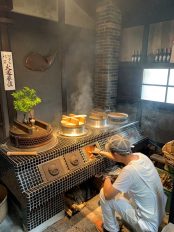
The kamado sits in the corner of our very big kitchen, so the chimney can be tucked in the corner and not get in the way. Originally the house would have had a kamado built in adobe style (of mud brick) – you can still see the area on our mud and cement kitchen floor where it would have stood.
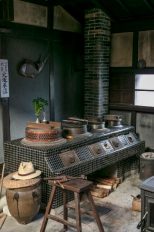
Four separate fire holes
It was in a different place, and wouldn’t have had a chimney at all. The smoke would simply have gone up into the very high eaves and out though a smoke window at the very top of the roof – which is still there. In the winter when the wind is in the right direction it actually snows in our kitchen!
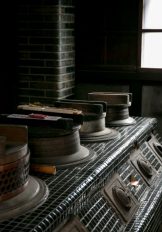
Japanese kamado oven
The chimney on ours would have been a modern way to try to avoid the smoke, but it actually gets very smoky still, depending on the weather. But the eaves are so high that it is not really a problem – and it’s all part of the fun – we can have BBQs right here in our kitchen! And the smoke also helps to treat the wooden beams of the house and keep the bugs from eating them. When you look up the rafters are black with centuries of smoke and soot.
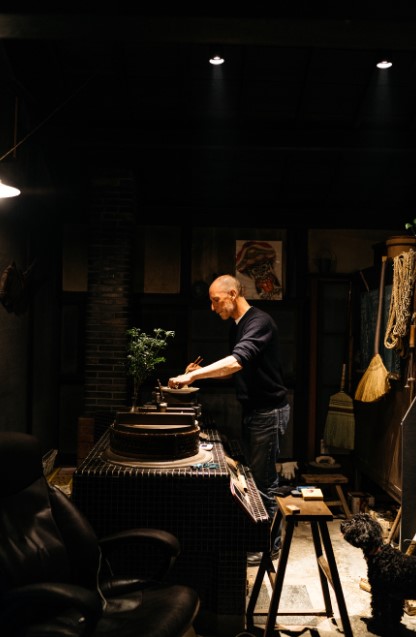
Tom cooking at the kamado
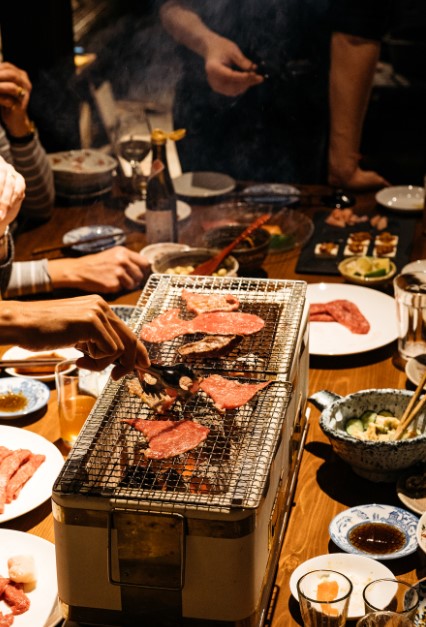
Cooking over the brazier
MFD – I know it’s pretty old so any problems when you first got it? How did you bring it back to life?
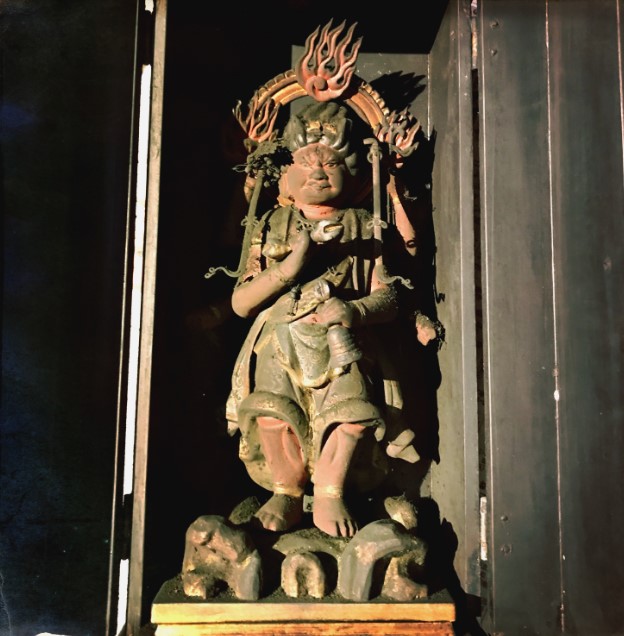
The home’s Fire God
MFD – What do you think are the challenges of cooking on wood where you live and do you manage to cook all year round?
MFD – What wood do you use and where does that come from – is it native to where you are?
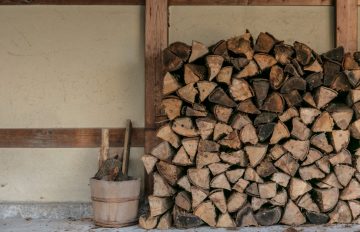
Local wood from Tom & Nolly’s neighbours
MFD – What are the best things you’ve ever cooked in your woodfired oven – top 3? and why?
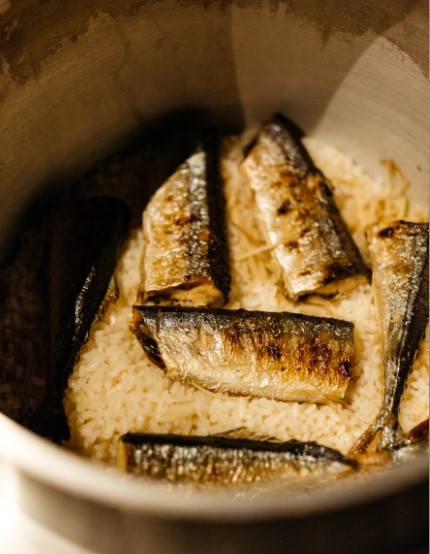
Japanese rice & fish
MFD – Any disasters, or as we like to call them – learning opportunities – with your woodfired cooking !
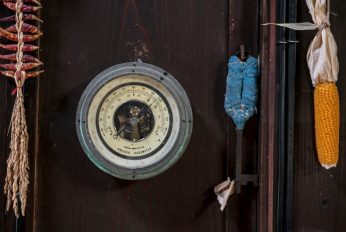
MFD -What are your plans for your next cooking adventures?
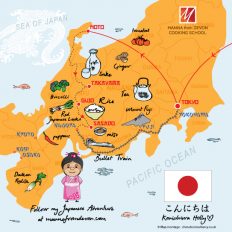
Holly’s 2016 trip round central Japan

